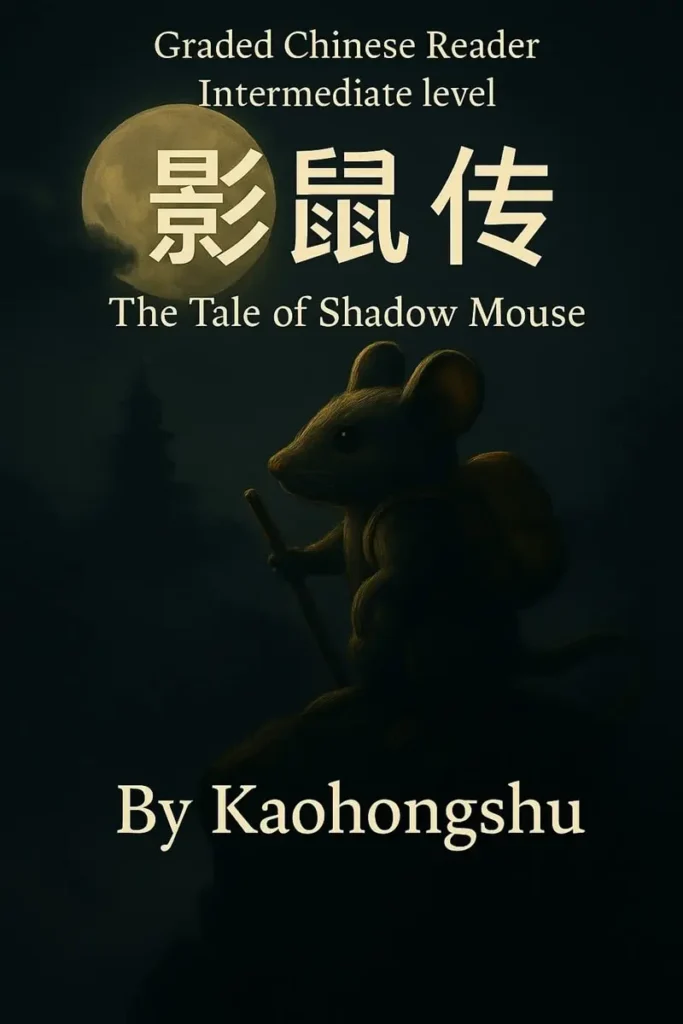In the process of Mandarin learning you’re never “done”. That’s especially true for the four tones. This video by Mandarin expert LeLe Farley reminded me that the mā-má-mǎ-mà–way people typically think of the four tones is wrong. LeLe reveals some other interesting things as well.
Mastering the tones
LeLe Farley is a rising star on YouTube. What he has to say about learning Mandarin should be taken quite seriously, since his fluency in Mandarin and accurate pronunciation are outstanding and he doesn’t beat around the bush as to how he got there.
Who is LeLe Farley? In his own words: “Grew up in Texas, college in ATL, post grad in Beijing. Now, I’ve come to LaLaLand to try and make a name for myself as a Chinese English bilingual rapper and comedian. Banned in the PRC, but hope to return one day.”
He’s an interesting and wildly creative guy. Let’s examine his take on the four tones in Mandarin Chinese. He starts off debunking a common “misunderstanding” about them…
1. “Don’t think tones aren’t important”

LeLe notes that many learners of Mandarin seem to think that tones aren’t that crucial to becoming fluent or that 差不多 (“almost right”) is good enough. Don’t believe Chinese people who complement you on your excellent 中文, he adds, most of the time they are just being polite – they might hardly understand what you’re saying.
Bottom line: hitting the tones right is essential for comprehension. You may not hear the difference, but they do. I don’t think LeLe means to say that you have to hit EVERY single tone a 100 percent right, but rather that you should put some real effort into it.
2. “Tones are not for beginners only…”

I argued in earlier post that it’s best practice to get the tones right from the start in drill-like fashion, meaning repeating nothing but tones and Pinyin for at least two weeks. While I still think that’s extremely helpful and necessary, it’s just as important, as LeLe explains in his video, to keep at it. Instead of gradually lowering “tone quality standards” once you’ve finished base camp. I couldn’t agree more with his message that if tones don’t come natural to you, you have to learn them the hard way. A long-term endeavor that will involve getting your ego hurt from time to time again. This of course is not something that learners want to hear, but it’s the truth anyway.
3. “Don’t learn tones, learn tone combinations instead”

LeLe emphasizes you shouldn’t just learn the four tones in isolation, but learn their frequent combinations. As most words in Mandarin consist of two syllables, this makes a lot of sense. These “basic units” keep coming back.
Although I don’t like this kind of diagrams much – they remind me of similar ones for German grammar – , the point is to memorize these tone patterns and – over time – store them as little soundbites in your brain. New vocabulary can be shaped and pronounced accordingly.

The next step to sound even more native-like would be to put these words in a sentence, since they too typically exist in a larger unit.
4. “The third tone is the tricky one”

LeLe explains why the third tone and the 3-2-combo in particular is the nastiest one to most learners. Even many Chinese teachers seem to be confused about the exact pronunciation of the third tone. They may pronounce it correctly; explaining how it changes in certain combinations can be a problem though. As a student you probably don’t get the relevance of this at first. That’s why you have to keep at it while you advance, record yourself and mimic native speakers.
Further reading
The way the four tones are being taught is evolving as are the linguistics behind it. Equally important, in my opinion, are intonation, stress and rhythm which determine for a large part whether you sound “native” or not (imagine a foreigner speaking Mandarin with a French intonation). How much time did your teacher(s) spend explaining these “musical qualities”?
By the way, LeLe Farley is not the first to come up with all this:
- Chinese Boost: 5 Lies Teachers Tell You About Mandarin Tones – “The point of this article is to highlight some common obstacles to learning Mandarin tones effectively. It’s about misconceptions that can hold you back, and how to replace them with better approaches.”
- Sinosplice: The process of learning tones – describes the seven stages of learning the tones.
- Sinosplice: Towards better tones in natural speech: “1. We’re giving students of Chinese the wrong picture of tones (third tone in particular). 2. Tones are not of equal importance in natural speech. 3. Funny-sounding speech can be corrected most efficiently by focusing on certain key tones.”
- Hacking Chinese: Learning the third tone in Chinese: “This means that the third tone in Chinese is an essentially low tone, and that in a majority of cases, it is pronounced as a tone starting low and then going even lower”
Learn tone patterns on YouTube
I hope you enjoyed this short article. Feel free to let me know your take on the four tones in the comments.
Affiliate links
Disclosure: These are affiliate links. They help me to support this blog, meaning, at no additional cost to you, I will earn a small commission if you click through and make a purchase.



















5 thoughts on “Getting fluent in Mandarin: Underestimating the four tones”